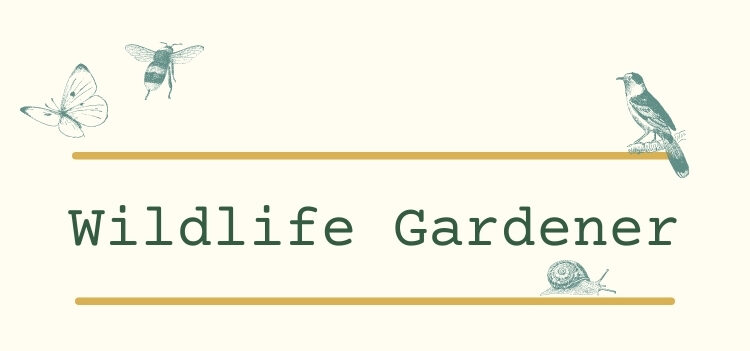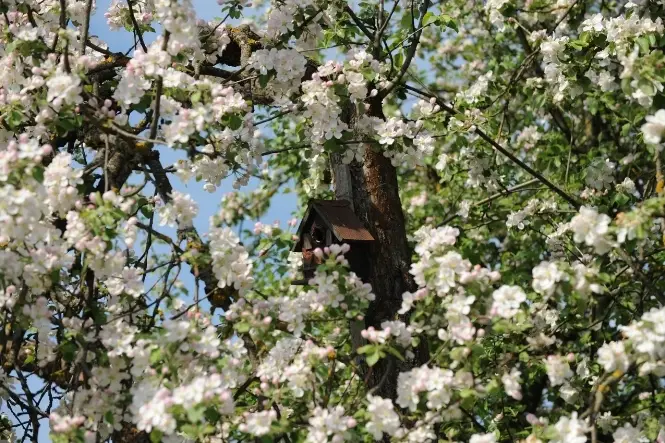Spring is one of the most beautiful and welcoming seasons in the wildlife gardener’s calendar. After a winter where most living creatures lie dormant it’s wonderful to see spring flowers start to bloom and to hear the return of birdsong.
March
Nest building begins to get underway and you’ll get to see birds flying back and forth with twigs and other materials with which to construct their nests. You can help them out by leaving out small twigs and other dry materials. Frogs and hedgehogs will start to come out from hibernation too and one of the most visible signs that spring has arrived will be the emergence of bulbs such as daffodils and crocuses. It’s a good month for planting as the soil begins to warm up and, if you’ve made a new pond, it’s a good time to introduce frogspawn to it.
April
By now, the nesting season is in full swing and you’ll see a lot more bird activity as they fly back and to searching for berries, grubs and insects to take back to their fledglings. This is where your thick shrubs come in handy as they are often used by birds as shelter for their young from predators. If you’re attracting seed eating birds into your garden, now’s the time to keep your bird feeders well stocked up. Insects will also be more active as they’ll be on the lookout for early sources of nectar from spring-flowering plants.
By now, you should be planting evergreen hedges such as holly or yew, if you’re looking to attract wildlife in the future which prefers this kind of habitat. You should also be completing your planting of shrubs and trees and feeding and mulching beds and borders. Aquatic plants for the pond should also be introduced at this time.
May
Hawthorn hedges with their white blossom, along with the return birds such as martins, swallows and swifts are a sure sign that spring has well and truly sprung. Insects become a primary source of food for the birds at this point as the berries and nuts start to run out. With both resident and visiting birds all converging on us in this period, you’ll notice far greater number of birds in your garden and it’s a good time for spotting new birds which might not be resident on our shores. If you live pretty close to woodland, you may even spot a flycatcher which arrive in late spring and leave at the end of the summer and who hide in trees then swoop up to catch insects in flight. Bullfinches, too, are more often spotted this time of year feasting on fruit buds.
Other Wildlife
Although you can see grey squirrels year round, late spring is where you may notice more activity amongst baby squirrels as they tend to breed between January and April. They may become even more frequent visitors to your nut feeder but will also eat acorns, fungi, tree shoots, roots and bulbs.
Other things to look out for in spring include badgers, foxes, frogs, newts hedgehogs, moles, mice, rabbits and worms.

